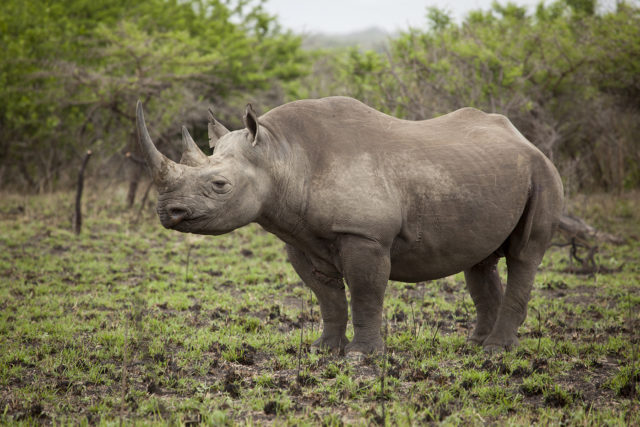Ecosystems and endangered species
By Nathan Kiwere
As a consequence of human population increase and development pressures driving land use change, many previously undisturbed habitats in Uganda – both protected and on private land – have been converted, cleared or degraded. This is stated in the State of the Environment reports produced every two years by the National Environment Management Authority (NEMA) of Uganda. Whilst some species are adaptable to such pressures, including the ability to thrive in human modified landscapes (and are still numerous), others are clearly on the decline. Hunting for bush meat, harvesting of plant species for food, fuel and building are just some of the other pressures facing wild animals and plants. Due to these direct and indirect pressures, some species are nearing extinction.
Importance of biodiversity
Biodiversity is the variability among living organisms – all the animals, plants, insects, and microorganisms that make up an ecosystem. Why is this variation so significant? Simply put, it creates the foundation for life in the habitat. If one species dies out, biodiversity ensures there is another species that can take its place to maintain the stability of the ecosystem. One of the best recent examples of this is the reintroduction of wolves in Yellowstone National Park in the USA. Wolves were wiped out in the park more than 100 years ago, and just recently reintroduced. The effect on the local ecosystem was staggering. Once the wolves were reintroduced and able to establish themselves, they thrived and were not alone. Herbivores started to return, and with them came new plant life. Many of the species that had left the park because of the unbalanced ecosystem returned, and the entire area has started thriving once again. This prosperity is primarily because of the wolves. Wolves, in this instance, are a keystone species – they have an inordinately significant impact on the ecosystem with both their presence and their absence. Without them, the large herbivores were able to breed unchecked, and eventually, these animals wiped out their own food source and had to move on. Odd as it sounds, without the wolves even the rivers and wetlands in the area dried up.
Who is responsible?
The culprit behind this threat is human interference. According to the World Wildlife Fund (WWF), human behavior has increased this trend toward extinction between 100 and 1000 times more than what it would be naturally. Interference isn’t just damaging to the animals themselves; it also threatens the biodiversity of the ecosystems where these species live. Animals are not the only ones being affected by the destabilization of these ecosystems worldwide. It is impacting humans, too. Just look at the bees. Reports indicate that bee species across the globe are under significant threat, both because of human behavior, specifically pesticides that are destroying bee hives and because of changing climates. While human intervention has started to help restore the shrinking bee populations, it is the perfect example of what might happen if we allow this ecosystem destabilization to continue. If bees die out, humanity goes with them. Without bees, we would lose most of the fruits and vegetables we eat on a daily basis. Oranges, watermelon, cucumbers, passion fruits and mangoes, among others, would all go extinct without bees to pollinate them. As plants and animals go extinct, we also lose things like potential medicines and cures that could exist in herbs we haven’t even discovered yet. We may also experience more diseases like Lyme disease and West Nile Virus as pests like ticks and mosquitoes spread and thrive. Widespread disease is a worst case scenario projection, but if we continue to act like the planet is our trashcan, both literally and figuratively, it could become our reality. Consequently, humans could find themselves facing extinction alongside the bees, white rhinos, and other endangered species.
What the future holds
Due to the list of environmental issues happening on this planet, both ecosystems and species are affected. In fact, one out of every 10 plants and animal species is expected to go extinct by 2050. The endangered species list continues to grow as ecosystems continue to decrease. Lost habitats mean losing the species that live there. While some may be able to migrate elsewhere, others are not so lucky. According to the International Union for Conservation of Nature (IUCN), more than 23,000 species are endangered at the moment. These are not all mammals; the list includes plants, birds, corals and amphibians. However, this monumental list may not be accurate. Scientists believe it only represents a small fraction of the species that face a threat or the danger of extinction.






















